Introduction
Fried rice, a beloved dish enjoyed across continents, owes much of its appeal to the humble yet pivotal ingredient: rice. While the dish’s flavor profile often steals the spotlight, the foundation of exceptional fried rice lies in the quality of the cooked grains. Achieving the ideal texture—slightly dry, fluffy, and individually separated—requires precision, patience, and an understanding of the science behind rice cooking. This article delves into the intricacies of preparing rice specifically for fried rice, exploring techniques, tools, and troubleshooting to ensure your next stir-fry is a culinary triumph.
The Importance of Rice Selection
Not all rice is created equal, and the variety you choose significantly impacts the final result. For fried rice, medium-grain or long-grain rice varieties are preferred due to their lower starch content and ability to remain distinct when cooked.
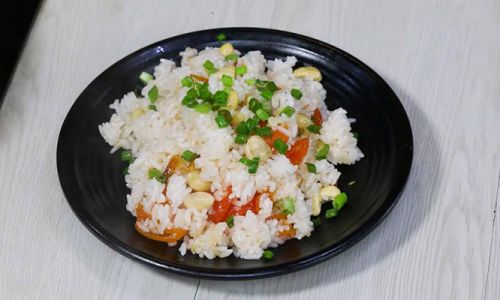
- Jasmine Rice: Fragrant and slightly sticky, jasmine rice offers a delicate balance of moisture and fluffiness. Its natural aroma enhances the dish without overpowering other ingredients.
- Basmati Rice: Known for its elongated grains and nutty flavor, basmati rice cooks up light and airy, making it ideal for fried rice recipes that prioritize grain separation.
- Calrose Rice: A medium-grain variety popular in Asian cuisine, Calrose rice becomes tender and slightly chewy when cooked, providing a satisfying contrast to crisp vegetables and proteins.
Avoid short-grain or sushi rice, as their high starch content leads to clumping, resulting in a gummy texture when stir-fried.
The Rinsing Ritual: Removing Excess Starch
Rinsing rice before cooking is a non-negotiable step for fried rice perfection. This process eliminates surface starch, which, if left intact, causes grains to clump together during cooking.
- Method: Place the desired amount of rice in a fine-mesh strainer and rinse under cold, running water. Gently agitate the grains with your fingers until the water runs clear—a sign that excess starch has been removed.
- Why It Matters: Unrinsed rice releases starch into the cooking liquid, creating a sticky, congee-like consistency. Rinsing ensures each grain remains separate, even after stir-frying.
Soaking: The Secret to Even Cooking
Soaking rice before cooking hydrates the grains, promoting uniform cooking and reducing the risk of undercooked centers or mushy exteriors.
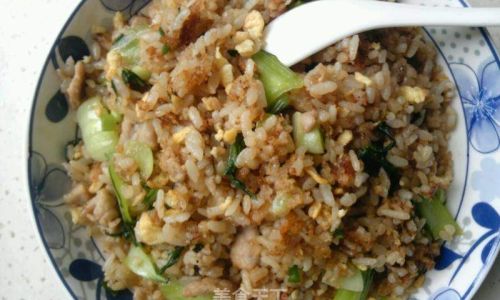
- Duration: Soak rice for 15–30 minutes in room-temperature water. For firmer grains, opt for shorter soaking times; longer soaks yield softer results.
- Water Ratio: Use 1.5–2 cups of water per cup of dry rice, adjusting based on the variety. Jasmine rice typically requires less water, while basmati may need slightly more.
Cooking Methods: Stovetop, Rice Cooker, and Beyond
The cooking method you choose influences the rice’s texture and suitability for fried rice. Here’s a breakdown of three popular techniques:
a. Stovetop Perfection
- Step 1: Combine rinsed, soaked rice and water in a heavy-bottomed pot. Add a pinch of salt and a teaspoon of oil (optional) to prevent sticking.
- Step 2: Bring to a rolling boil over high heat, then immediately reduce to the lowest setting. Cover with a tight-fitting lid.
- Step 3: Simmer undisturbed for 12–15 minutes (adjust based on rice type). Avoid lifting the lid, as this releases steam and disrupts cooking.
- Step 4: Remove from heat and let rest, covered, for 10 minutes. Fluff gently with a fork to separate grains.
b. Rice Cooker Convenience
Modern rice cookers automate the process, ensuring consistent results.
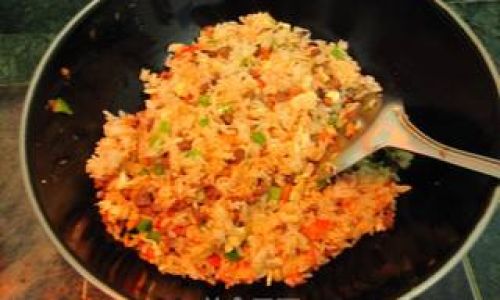
- Settings: Use the “white rice” or “quick cook” function for most varieties. For firmer grains, reduce the water ratio slightly.
- Post-Cooking: Once the cycle completes, allow the rice to steam in the closed cooker for an additional 10 minutes before fluffing.
c. Oven-Baked Rice
An unconventional yet effective method for large batches.
- Preparation: Preheat the oven to 375°F (190°C). Combine rice, water, and seasonings in an oven-safe dish.
- Cooking: Cover tightly with foil and bake for 25–30 minutes, or until liquid is absorbed. Let rest, covered, for 10 minutes before fluffing.
Cooling and Aging: The Key to Fried Rice Success
Freshly cooked rice is too moist and soft for stir-frying, leading to sogginess. Cooling and aging rice are critical steps to achieve the desired texture.
- Cooling Techniques:
- Spread on a Baking Sheet: After cooking, spread the rice in a thin layer on a parchment-lined baking sheet. This maximizes surface area for rapid cooling.
- Refrigerate: Once cooled to room temperature, transfer the rice to an airtight container and refrigerate for at least 4 hours, or overnight.
- Freezing Option: For meal prep, freeze cooled rice in resealable bags. Thaw in the refrigerator before use.
Troubleshooting Common Issues
Even seasoned cooks encounter hiccups. Here’s how to address them:
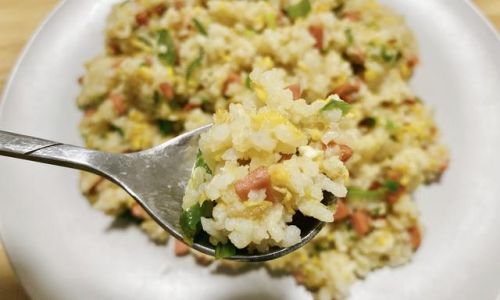
- Mushy Rice: Caused by excess water or insufficient draining. Reduce the water ratio next time and ensure thorough rinsing.
- Undercooked Grains: Insufficient cooking time or high heat during simmering. Extend simmering time and use a diffuser if cooking over gas.
- Sticky Rice: Inadequate rinsing or overcrowding the pot. Rinse until water runs clear and cook in smaller batches if necessary.
Advanced Tips for Restaurant-Quality Results
- Day-Old Rice: Use leftover rice from the refrigerator, as it has dried out slightly, yielding better fried rice.
- Toast Before Cooking: For added depth, toast dry rice in a pan with oil until golden before adding water.
- Flavor Infusions: Cook rice in broth, coconut milk, or tea for subtle flavor variations.
Beyond the Basics: Creative Adaptations
Experiment with global rice varieties to elevate your fried rice:
- Black Rice: Adds a nutty flavor and dramatic color. Use a 1:2 rice-to-water ratio and cook for 30 minutes.
- Red Cargo Rice: A chewy, whole-grain option rich in antioxidants. Requires longer cooking and soaking times.
- Forbidden Rice: Combine with stir-fried vegetables and soy-glazed tofu for a gourmet twist.
The Science Behind Perfect Grains
Understanding the chemistry of rice cooking demystifies the process:
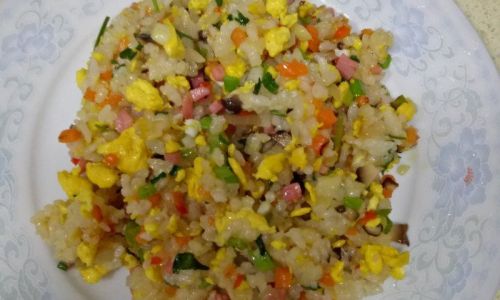
- Starch Gelatinization: When heated, starch granules absorb water and swell, creating a gel-like texture. Rinsing and cooling slow this process, preventing clumping.
- Retrogradation: Chilling cooked rice causes starches to recrystallize, firming the grains—a phenomenon exploited in fried rice preparation.
Pairing Suggestions and Recipe Ideas
Perfectly cooked rice serves as a canvas for endless culinary creativity:
- Classic Chicken Fried Rice: Toss with soy sauce, scrambled eggs, peas, and diced chicken.
- Vegan Pineapple Fried Rice: Add diced pineapple, cashews, and curry powder for a tropical flair.
- Spicy Shrimp Fried Rice: Incorporate chili paste, shrimp, and bell peppers for a fiery kick.
Conclusion
Mastering the art of cooking rice for fried rice transforms a simple dish into a restaurant-worthy masterpiece. By prioritizing rice selection, meticulous preparation, and strategic cooling, you ensure each grain contributes to the dish’s harmonious texture and flavor. Whether you prefer the stovetop’s control, the rice cooker’s convenience, or the oven’s even heat, the principles remain the same: respect the grain, master the method, and let the results speak for themselves. With practice, your fried rice will earn its place as a weeknight staple and a crowd-pleasing showstopper.

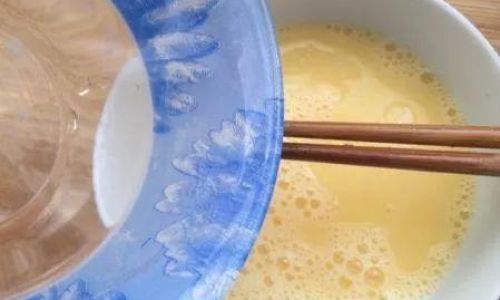
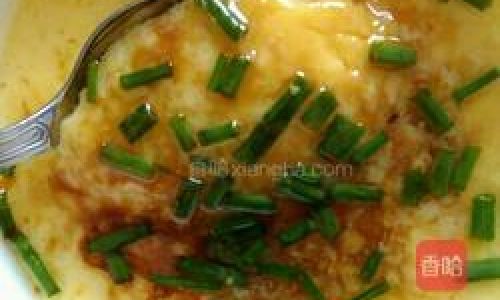



0 comments